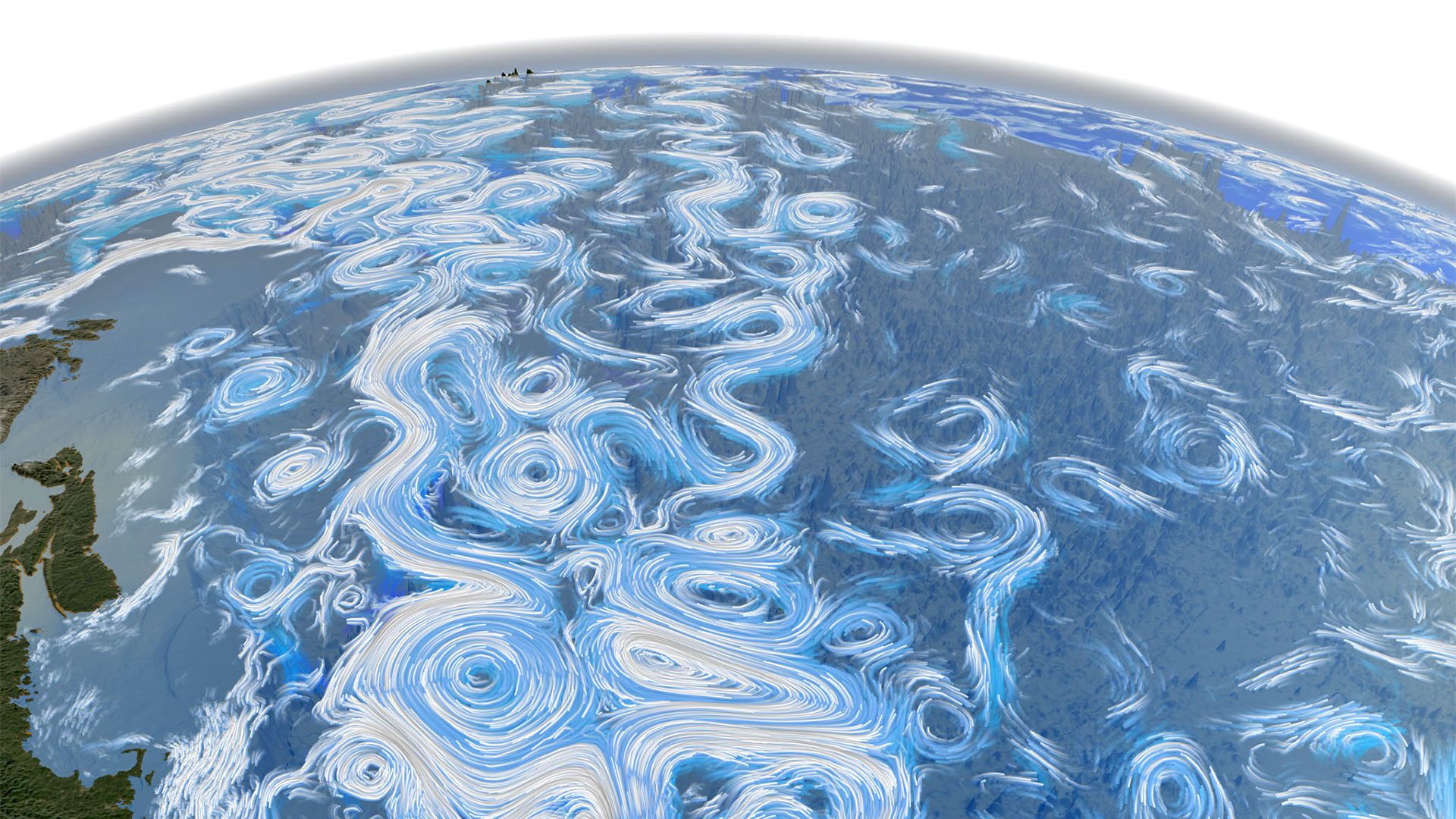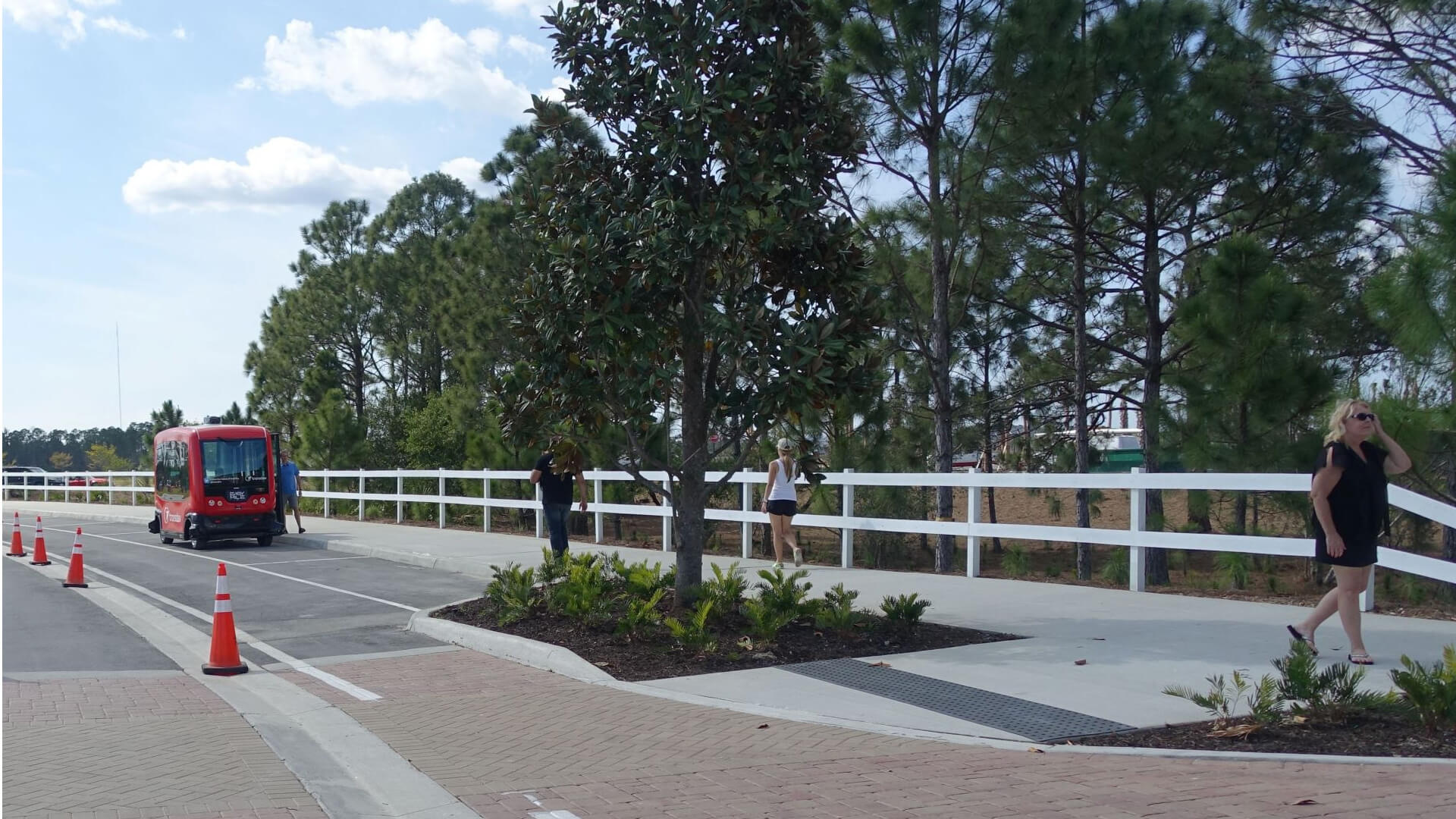Hmmm. All of this Hurricane talk seems a bit dire and speculative.
One consequence of Global Warming is that things like building codes will need to be amended. Right now, things like local winter snow loads, local minimum and maximum temps (and dewpoint), maximum rates of rainfall, maximum wind speeds, earthquake energy, are all taken into account when setting engineering specs for new buildings. Older buildings will need to be retrofitted to meet the new specs, which can be costly, or lead to expensive damage or losses if not performed.
So, we might need more AC power in more areas, better wind resistance and better gutter/drains for bigger storms. OK. That is getting done. Maybe we need to clear wildfire fuel away from built environments. That is not being done.
Offshore wind machines are designed to a maximum service wind speed and a maximum survival wind speed when feathered. I have no idea which is worse... the fatigue from periodic forcing at the average wind speed for 30 years (under maximum load for power generation) or a short load period of the maximum survival wind speed (when feathered). But I think I have read that the fatigue issue under average load is significant design driver.
If any of you know which is worse, please let us all know. Otherwise, I think we are catastrophizing to assume that these machines are going to be underengineered due to changes in hurricane patterns over the next 30 years.
When I went a funeral in Sarasota FL a couple years ago, there was a predicted landfall for a major Hurricane the following week. The locals pointed out that a major Hurricane had not landed on that section of the west coast of Florida for 100 years. Right? A place where the Gulf temps are routinely over 90°F in the summer (they reached 100°F ocean temps when I visited last year) hadn't had a major hurricane in a century.
OF course, they broke their streak when Hurricane Ian landed near Fort Myers with 150 mph winds.
Turns out that many structures survived the wind, because they had been engineered for it, and the damage was from the storm surge. Some older structures lost their rooves and were destroyed.
These wind machines will be engineered to survive a big blow when feathered. Its not clear what the marginal cost of that will be. It could be that the resulting design changes will (absent any hurricanes if you get lucky) lead to a longer service life.





